Common problems and solutions of raising hupilan
Rotten roots:
1. If you pour too much water and the basin soil is too wet, the accumulation of water will lead to the rotten roots of hupilan
2. In this case, first take the tiger skin off the basin and wash the root with clean water
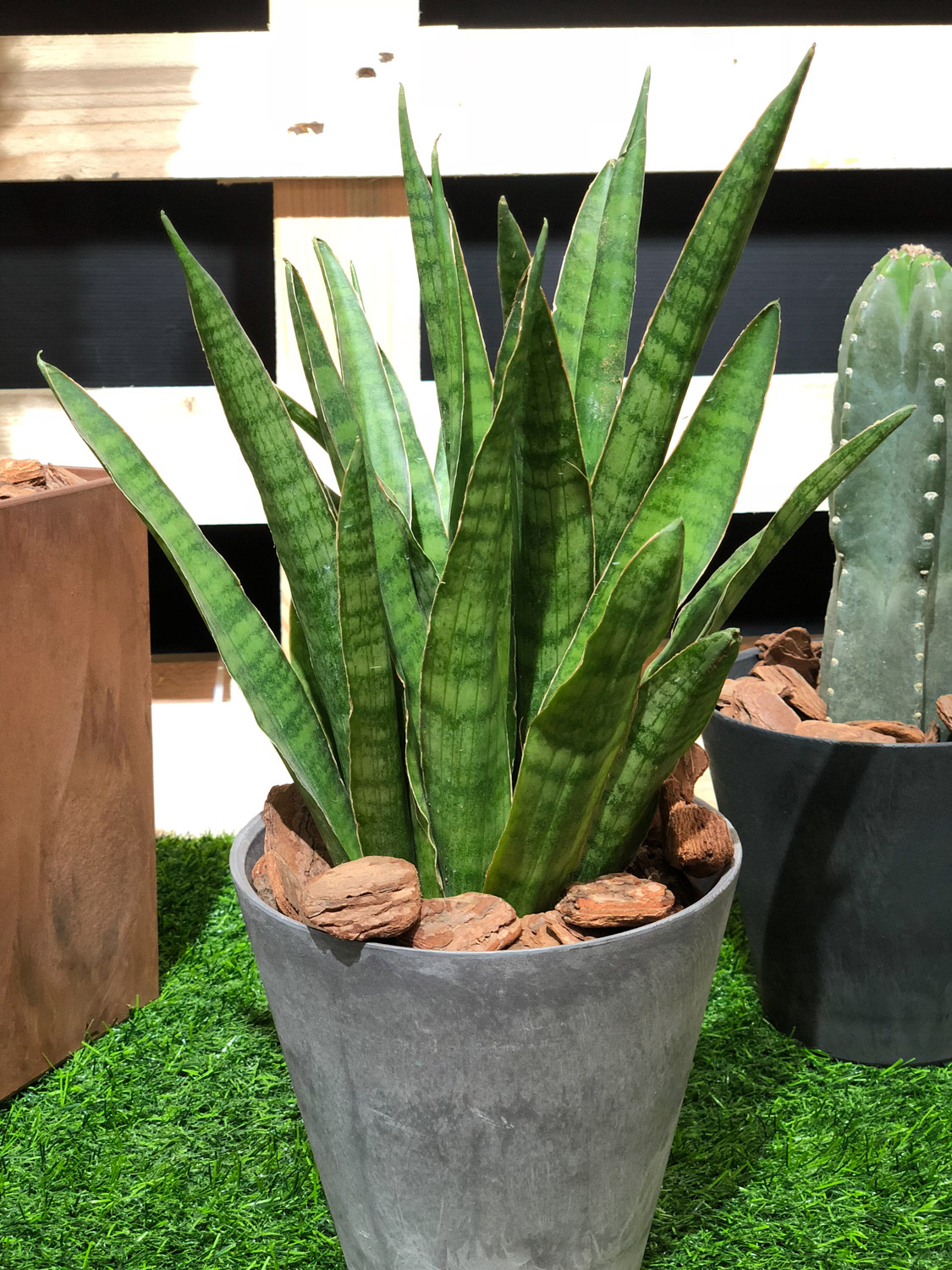
3. Cut off the rotten part of the root with sterilized scissors. Be careful to clean it thoroughly, otherwise it will lead to re infection
4. Put the treated hupilan into carbendazim or 0.1% potassium permanganate solution to soak the root for half an hour and disinfect it
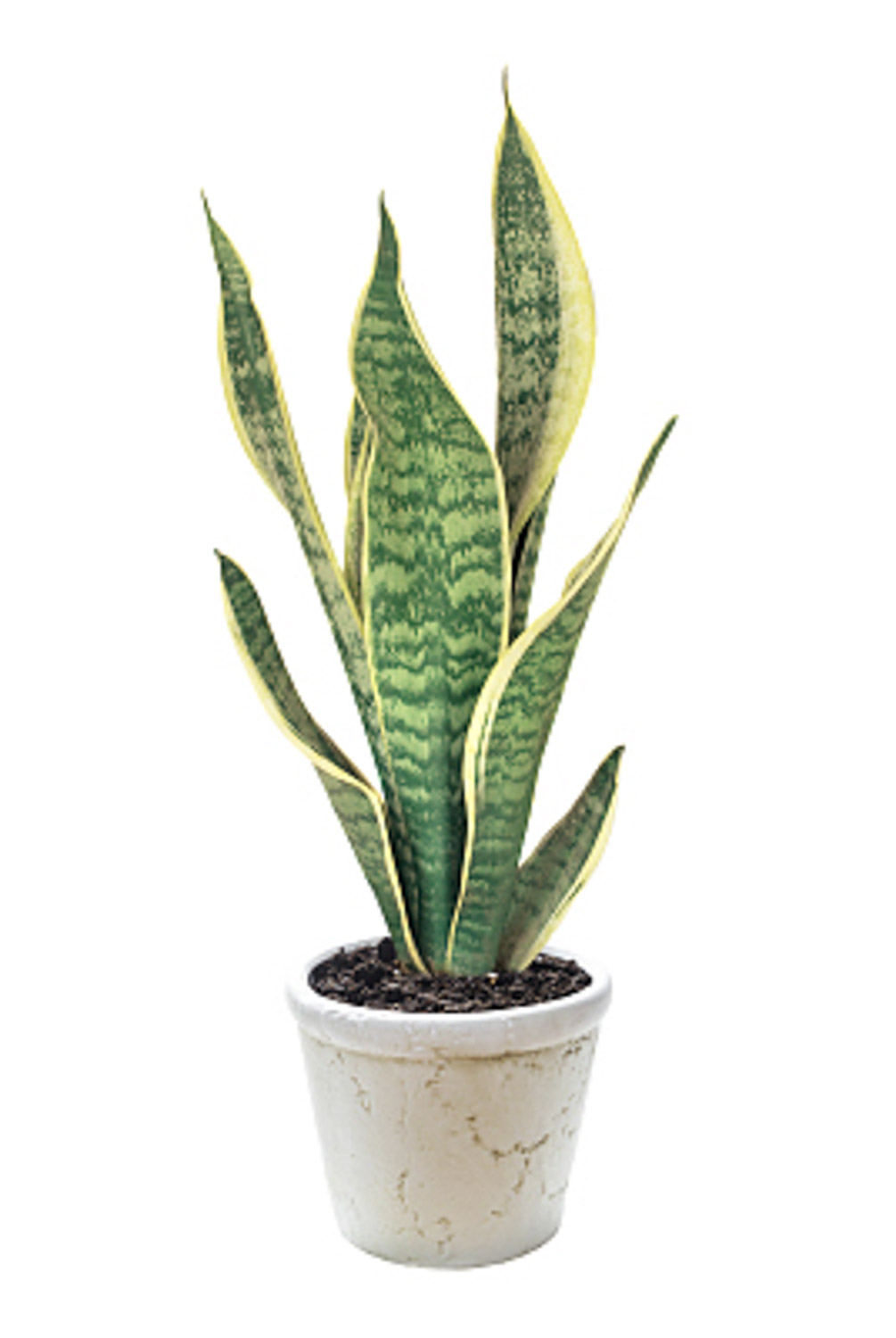
5. After detoxification, put hupilan in a cool and ventilated place and dry the wound. After drying, put it in clear water to induce roots
6. After the tiger skin orchid produces new roots, it can be transplanted in a pot
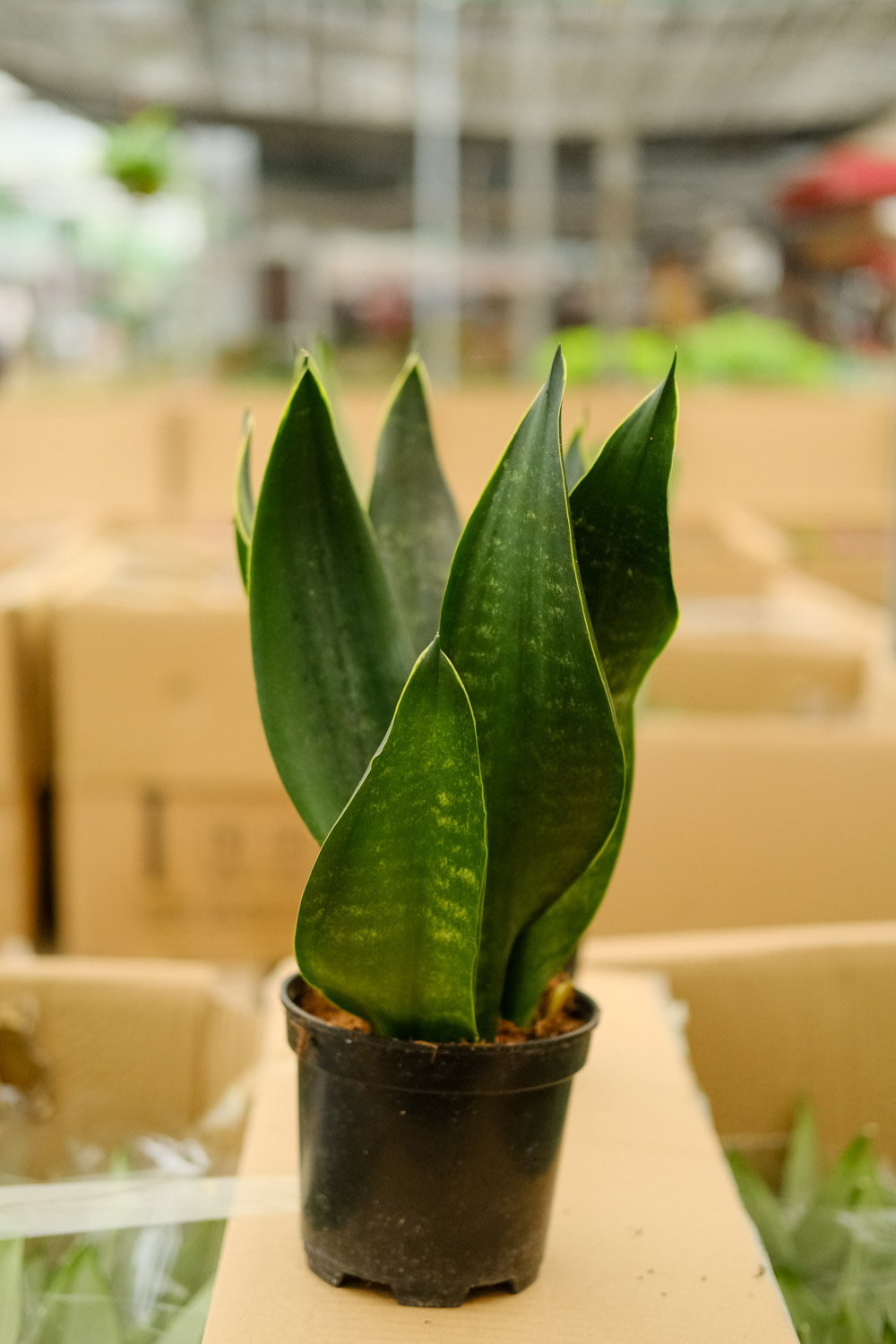
Rotten leaves:
1. The rotten leaves of hupilan are also the way of watering. If there is a problem, what should I do when I encounter it
2. Cut off a piece of leaf where the rotten part of the leaf is located directly. Don't be distressed, otherwise the rotten point will continue to spread
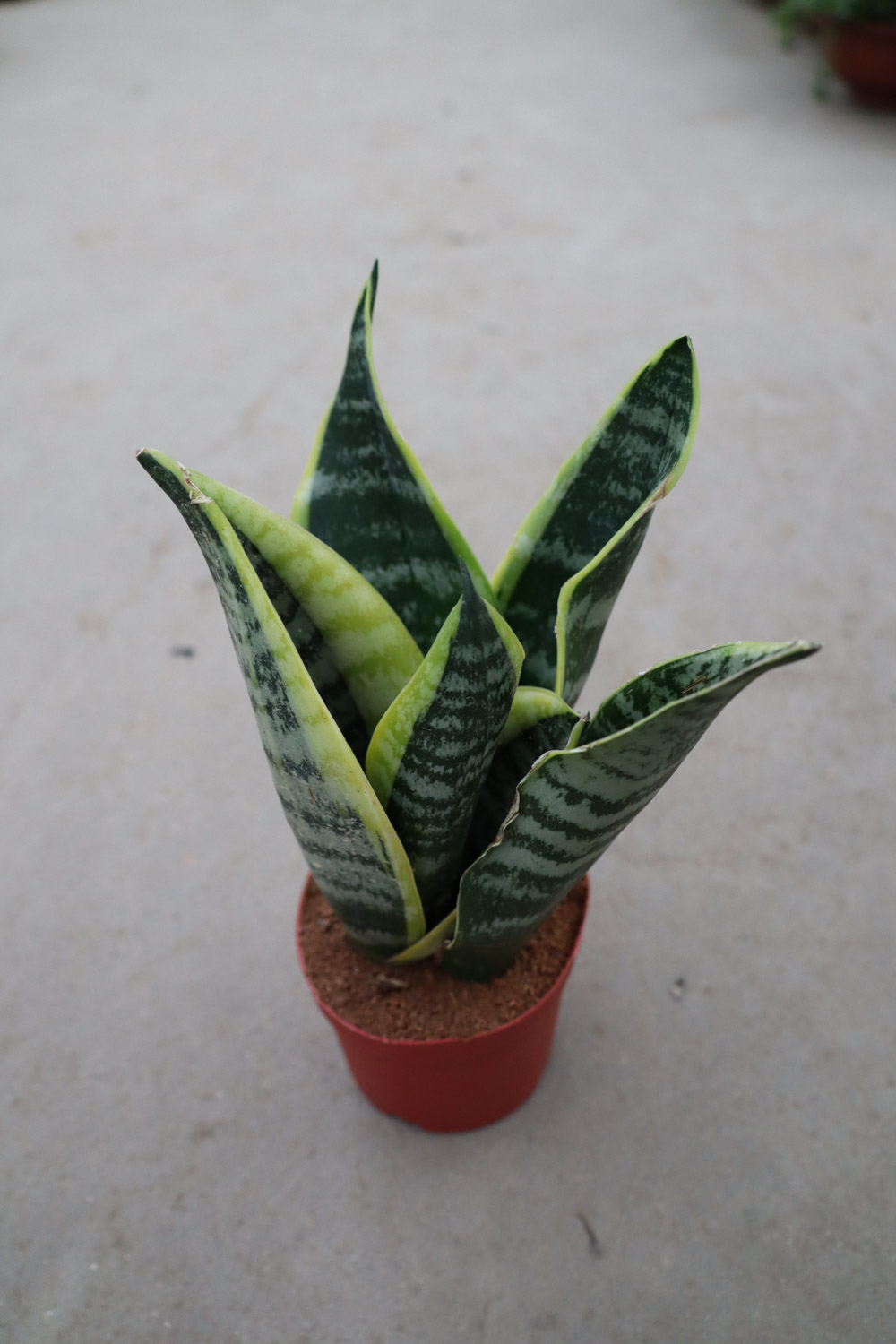
3. After cutting off, apply some carbendazim to the wound of the remaining intact tiger orchid leaves for disinfection
4. When watering later, be careful not to pour it on the leaves, and try to pour it on the soil surface
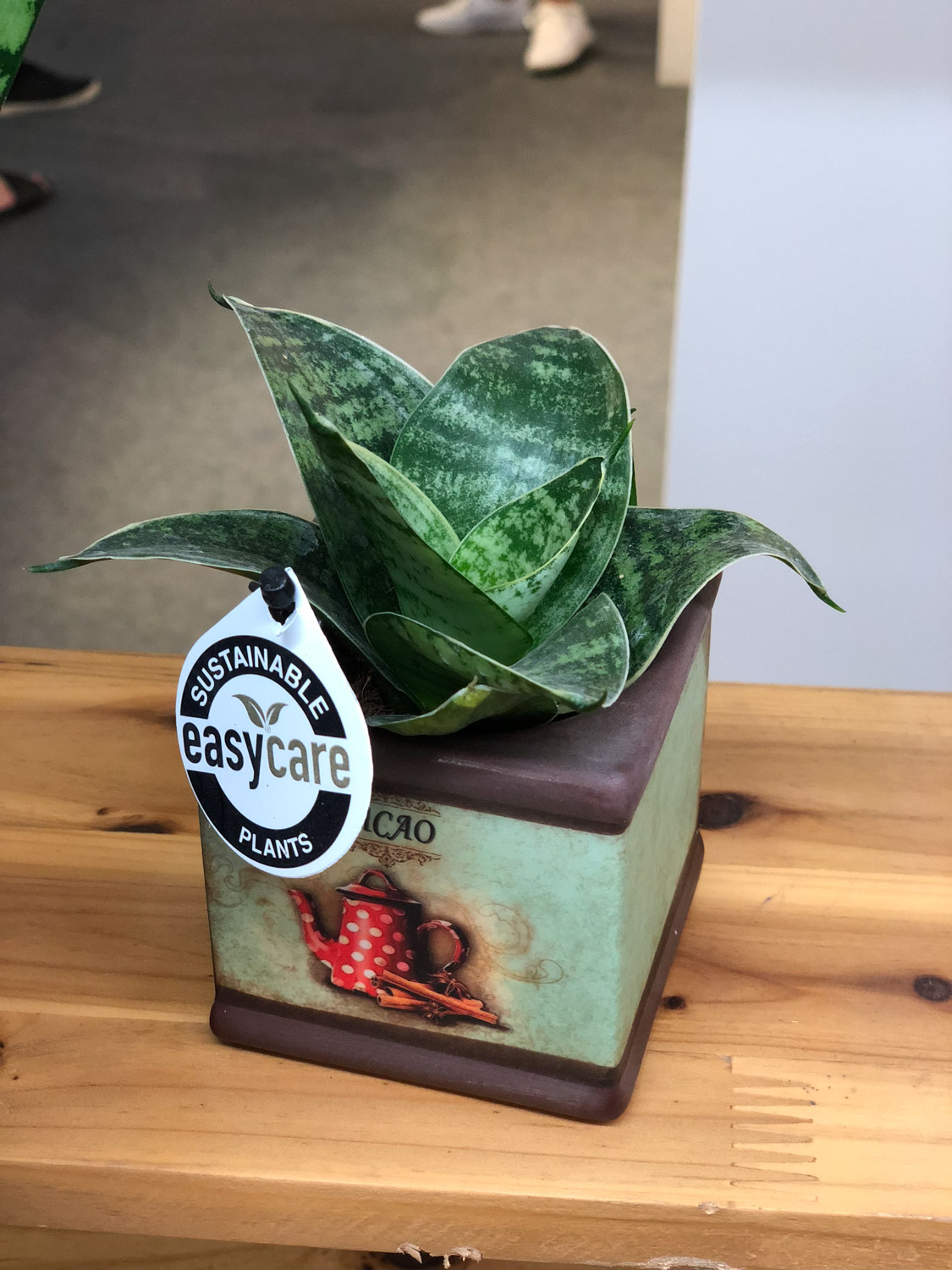
Dry yellow soft leaves:
1. Too much light or too little water will lead to the problem of dry yellow leaves of Cymbidium
2. Hupilan does not need too strong light, otherwise the leaves will become dry and white. Pay attention to the place where the scattered light shines at home
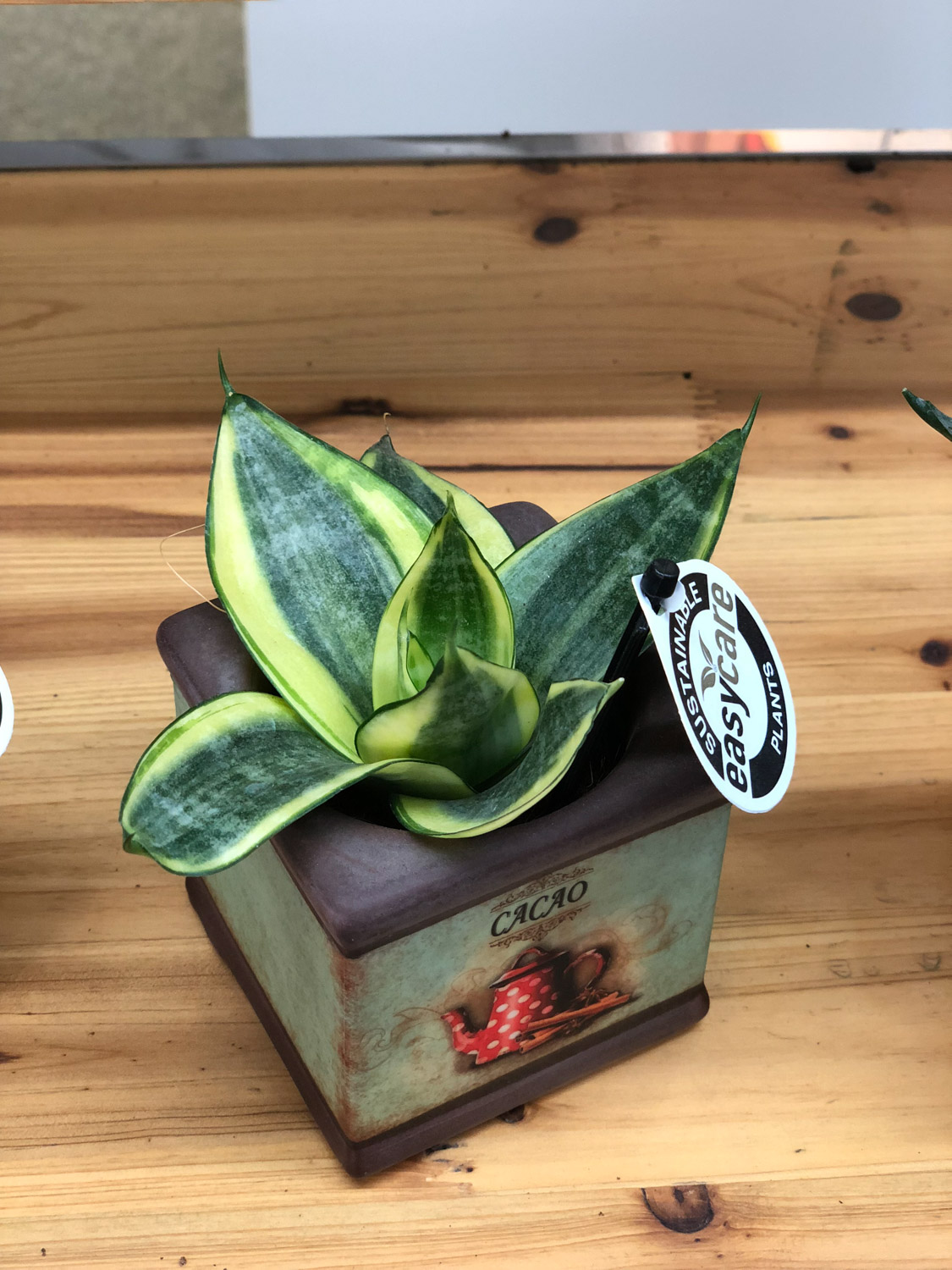
3. The leaves of Cymbidium become soft, which is generally due to too little watering. It can be watered once in about 15 days
Pamphlet of tiger skin orchid
Illumination:
1. Hupilan is relatively shade resistant, and the demand for light is not too high. Scattered light can meet the demand
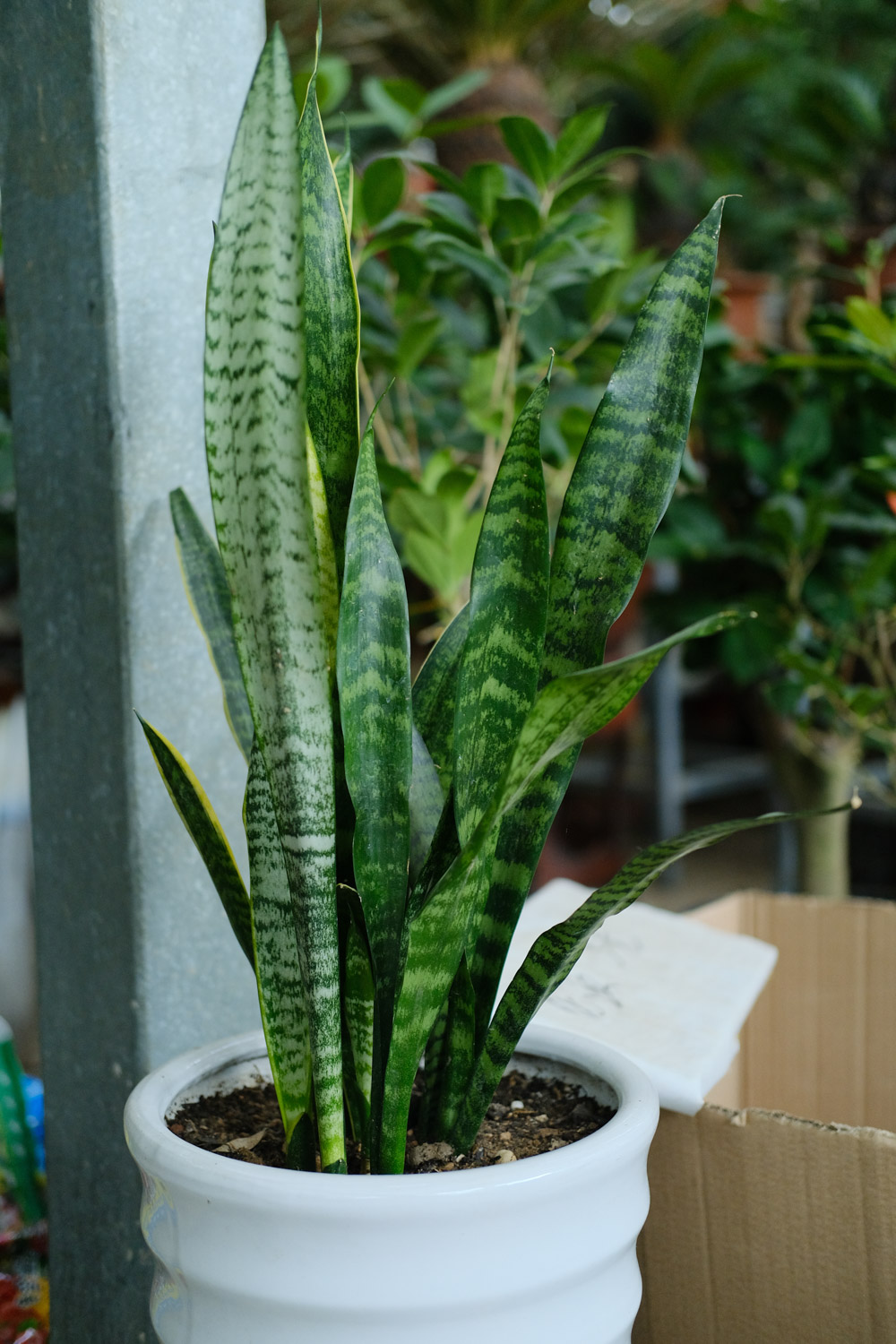
2. Usually we can put hupilan in the living room. In summer, we should pay attention to avoid exposure and shade
Watering:
1. Hupilan likes to be wet, but you can't water too much, otherwise it will make the leaves too hard

2. Spring and autumn can be watered once every 10 days or so; It can be watered once every 7 ~ 10 days in summer, and there is no need to water in winter
3. If you really don't know whether to water or not, you can dig 2 ~ 3cm down from the soil surface. If that part of the soil is dry, you should water it
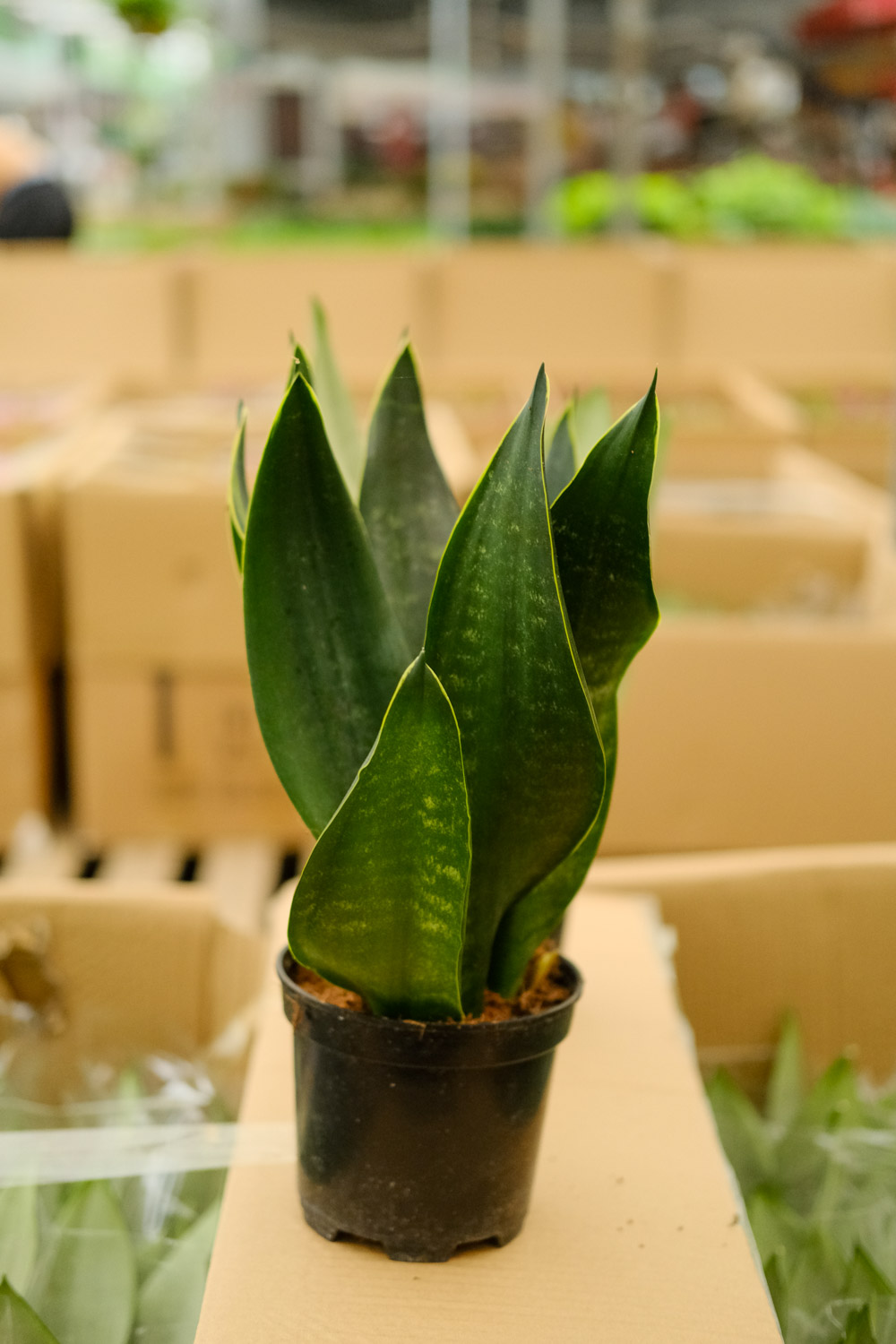
Fertilization:
1. The requirement for fertilizer is not too high. When the temperature reaches above 20 ℃, the growth rate of hupilan will accelerate. At this time, we can apply fertilizer to promote growth
2. Usually, it can be poured with rotten rice washing water and clean water at 1:30
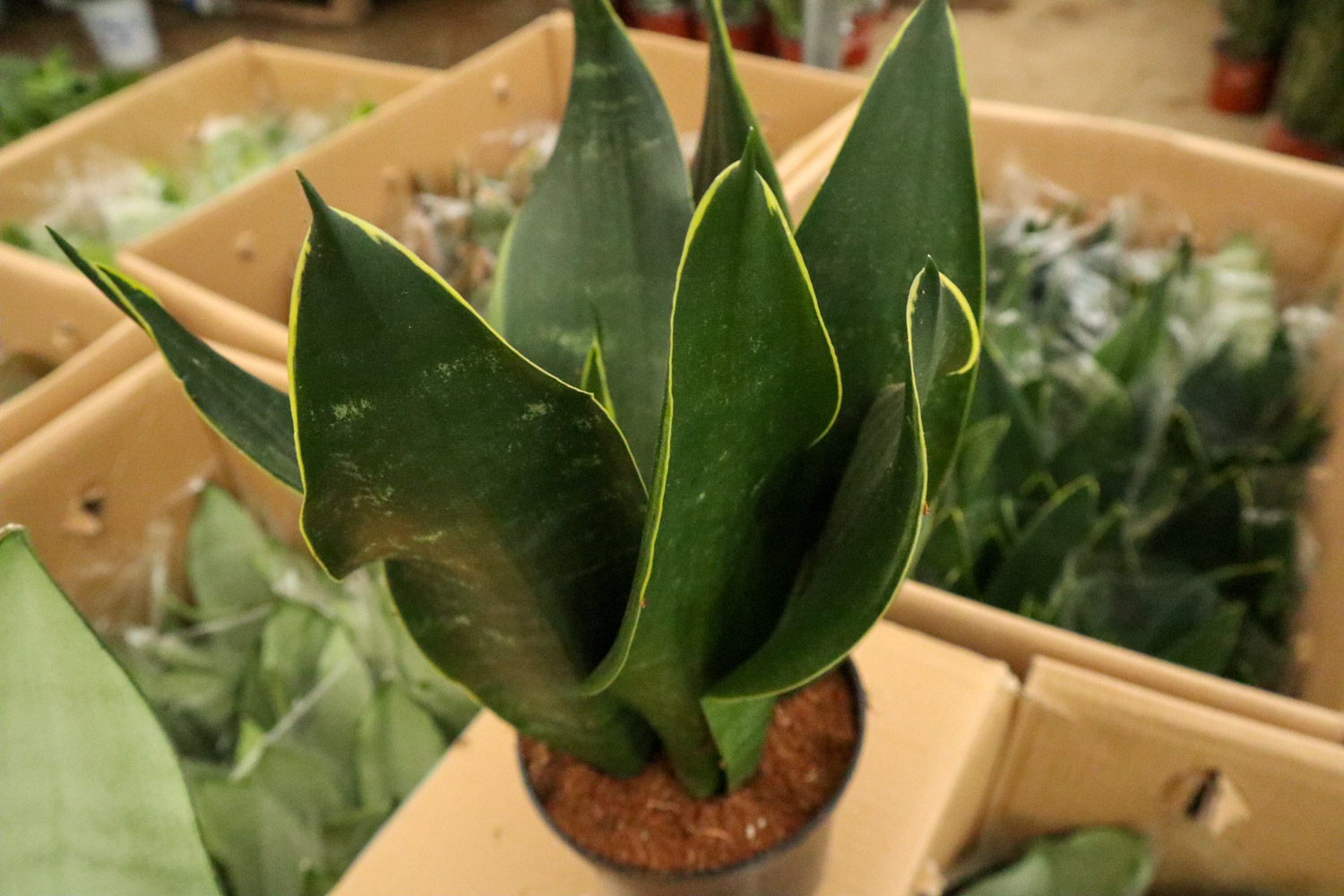
3. You can also buy compound fertilizer and apply it once a month. Dig a small hole at the edge of the basin and bury 2-3 grains each time
4. If we want to make the leaves greener, we can spray 0.1% potassium dihydrogen phosphate solution on the leaf surface of hupilan once every 2 ~ 3 weeks
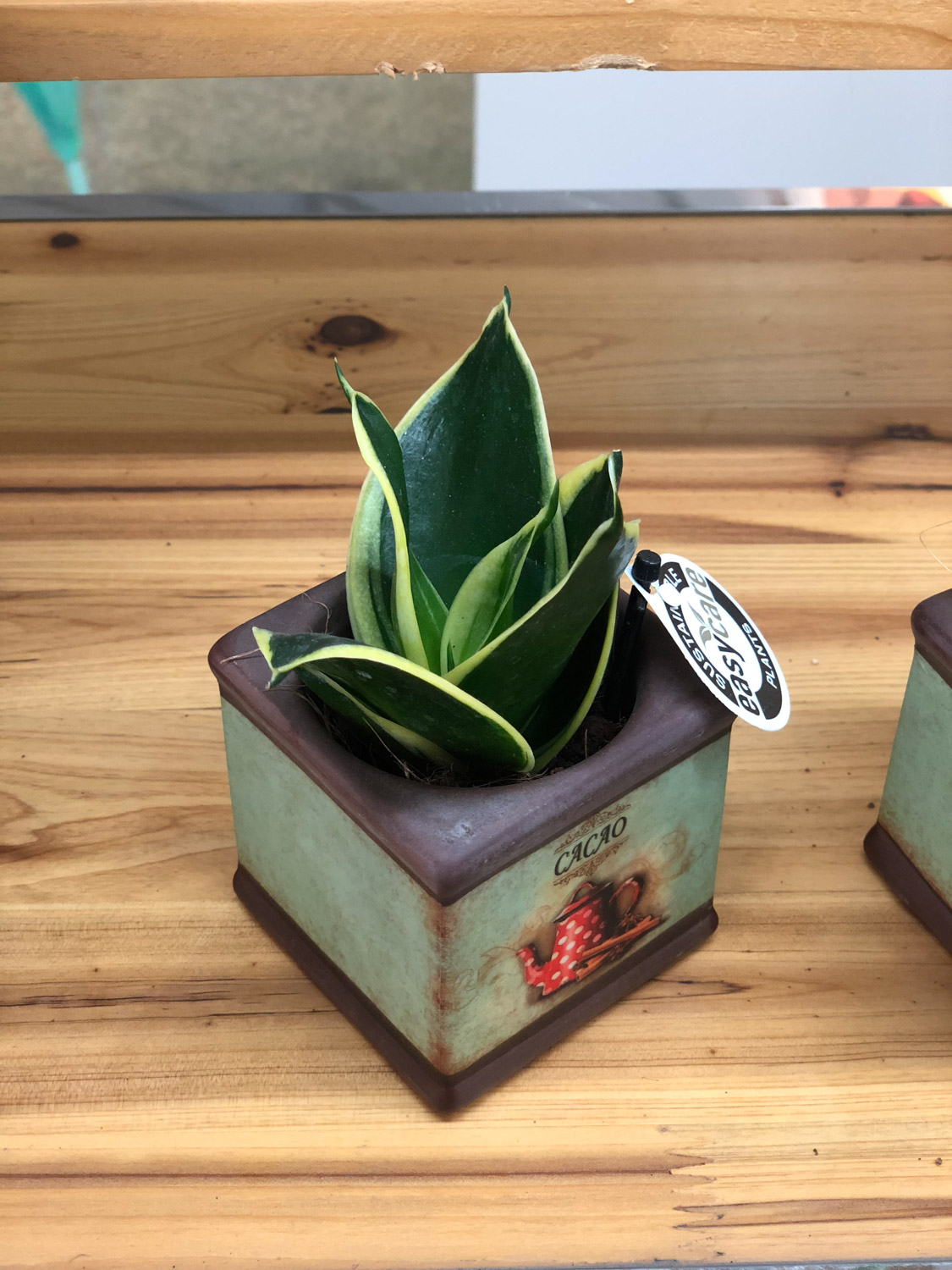
Soil:
1. The soil for raising hupilan should be loose, breathable and have good drainage capacity
2. It can be prepared by mixing rotten leaf soil and river sand 1:1
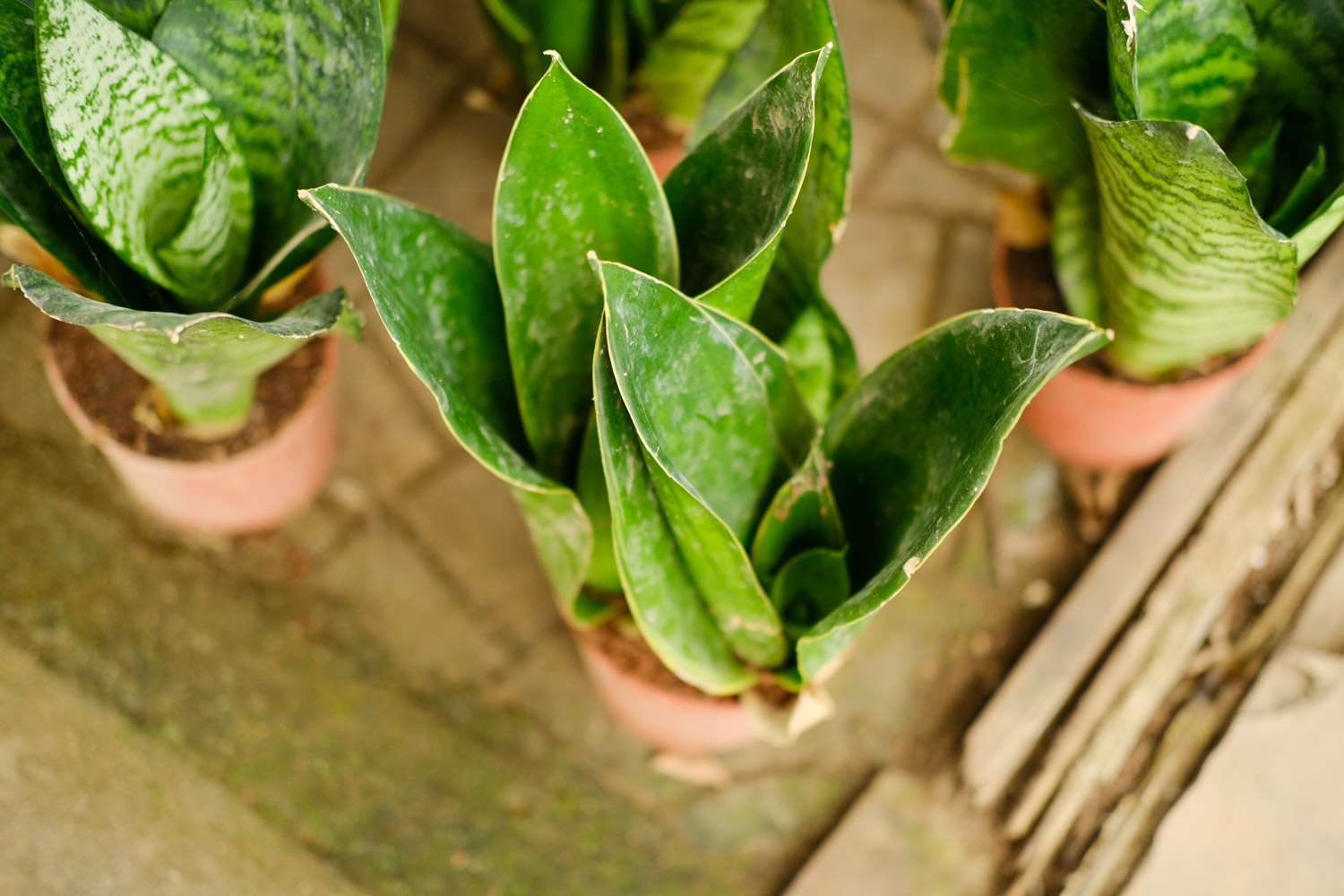
Propagation method of tiger skin orchid
Cutting:
1. Divide the cut leaves into small sections of 5 ~ 10cm and dry them in a cool and ventilated place
2. The dried leaves of Euphorbia were inserted into the watered sand to take root

3. After growing roots, transplant them into a pot
Ramet:
1. Water should be cut off one week before preparing for ramet, then the pot should be removed, the soil at the root should be cleaned, and each plant should be separated
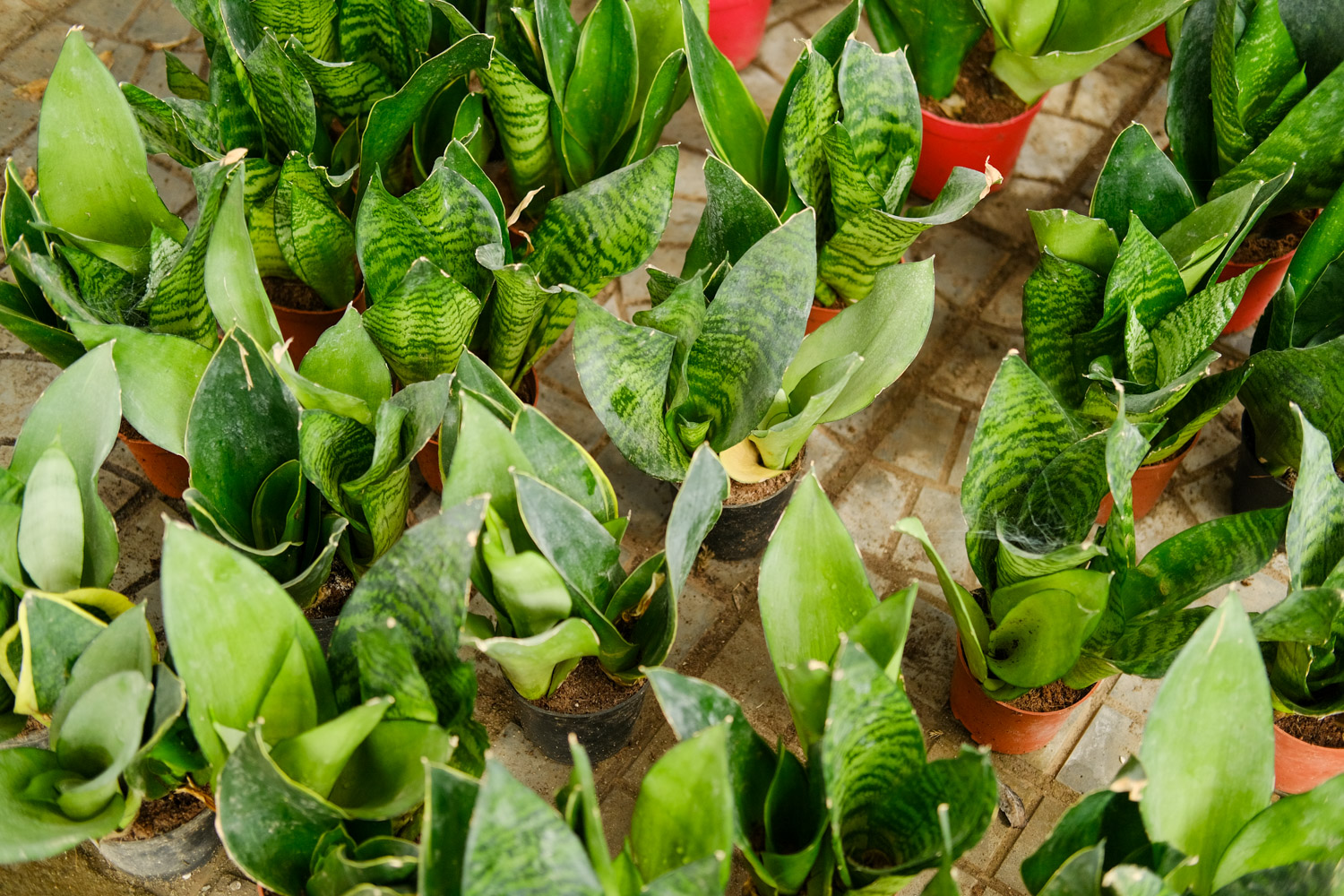
2. Apply carbendazim to the root of the cleaned tiger orchid for disinfection, and then put it in a cool and ventilated place to dry
3. Prepare new soil (saprophytic soil: river sand = 1:1), and plant hupilan plants into pots respectively

Through our careful maintenance, hupilan will not only blossom, but also bear fruit
I wonder if you have learned the maintenance skills of hupilan
If there are other questions
Welcome to leave a message below and Huahua will give you an answer~

 how many times do yo...
how many times do yo... how many planted tre...
how many planted tre... how many pine trees ...
how many pine trees ... how many pecan trees...
how many pecan trees... how many plants comp...
how many plants comp... how many plants can ...
how many plants can ... how many plants and ...
how many plants and ... how many pepper plan...
how many pepper plan...



























